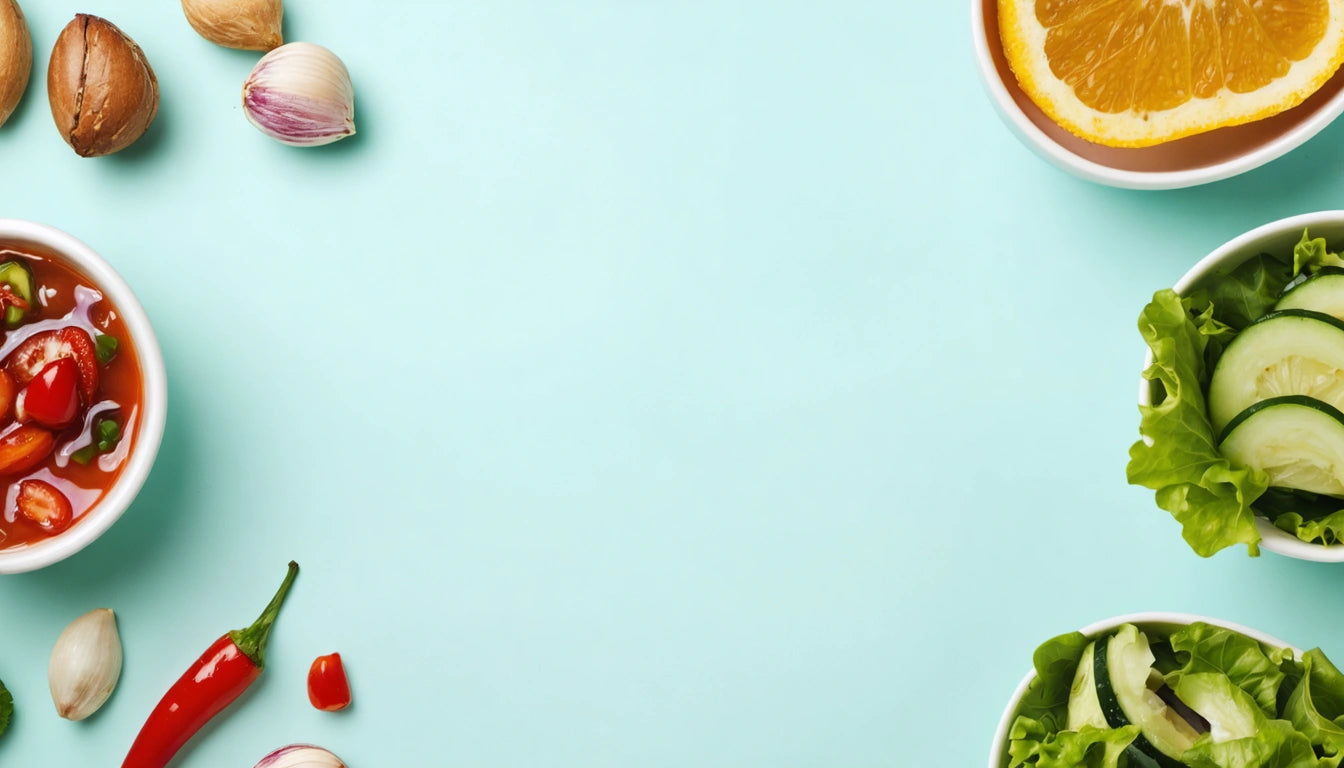Table of Contents
- Understanding Bowl Meals: Nutrition and Versatility
- Joint-Style Meals: Traditional Wraps and Sandwiches
- Nutritional Comparison: Joint vs Bowl Options
- Popular Bowl Options on the Market
- Joint Alternatives: Healthier Wrap and Sandwich Choices
- Meal Prep Considerations for Bowls and Joints
- Making Informed Choices for Your Dietary Needs
Comparing Joints and Bowls: A Guide to Healthy and Delicious Meal Options
When it comes to convenient and nutritious meal options, the debate between joint vs bowl formats has gained significant attention among health-conscious consumers. Both meal styles offer unique benefits in terms of nutrition, convenience, and flavor profiles. This comprehensive guide explores the differences between these popular meal formats to help you make informed dietary choices.
Understanding Bowl Meals: Nutrition and Versatility
Bowl meals have surged in popularity due to their balanced nutritional profile and customizable nature. These meals typically feature a base of grains or vegetables, topped with proteins, vegetables, and various sauces or dressings.
Key Components of a Nutritious Bowl
- Base: Brown rice, quinoa, cauliflower rice, or mixed greens
- Protein: Grilled chicken, tofu, beans, or fish
- Vegetables: Variety of colorful, nutrient-dense options
- Healthy fats: Avocado, nuts, seeds, or olive oil
- Flavor enhancers: Light dressings, herbs, or spices
The visual appeal of bowls also contributes to their popularity, as ingredients can be arranged in an aesthetically pleasing manner. For food businesses, proper packaging is essential for maintaining the integrity of these components, with durable food-grade storage solutions helping to keep ingredients fresh and separated until consumption.
Joint-Style Meals: Traditional Wraps and Sandwiches
Joint-style meals typically refer to sandwiches, wraps, and similar handheld food items. These options have long been staples in the quick-service food industry due to their portability and familiar format.
Common Joint-Style Meal Components
- Bread or wrap: Whole grain bread, tortillas, pita, or lettuce wraps
- Protein fillings: Deli meats, grilled chicken, or plant-based alternatives
- Vegetables: Lettuce, tomato, onion, and other fresh produce
- Condiments: Mayonnaise, mustard, hummus, or specialty spreads
While joints offer convenience for on-the-go eating, they sometimes present challenges in maintaining nutritional balance, as they can be higher in refined carbohydrates depending on the bread or wrap used.
Nutritional Comparison: Joint vs Bowl Options
When comparing bowl vs joint meal options, several nutritional factors come into play:
Caloric Content and Macronutrient Balance
Bowls often provide better portion control and macronutrient balance. The visible separation of components allows consumers to gauge proportions more effectively. In contrast, joints may conceal higher caloric content, particularly when filled with dense ingredients or spreads.
Fiber and Nutrient Density
Bowl meals typically incorporate a wider variety of ingredients, potentially offering greater nutrient diversity. The inclusion of whole grains, legumes, and abundant vegetables contributes to higher fiber content, supporting digestive health and satiety.
Understanding the nutritional differences between these options is similar to knowing the distinctions between different consumption methods, as outlined in resources comparing various consumption preferences in other contexts.
Popular Bowl Options on the Market
Are Healthy Choice Power Bowls Healthy?
Healthy Choice Power Bowls market themselves as nutritionally balanced options. Most varieties contain between 300-400 calories and offer a good balance of protein, fiber, and vegetables. However, some flavors contain relatively high sodium levels, which consumers should consider when making selections.
Subway Bowls vs Salads
Subway has expanded its menu to include protein bowls alongside traditional salads. The key difference is that bowls typically include a double portion of protein compared to salads, making them more satiating. Both options allow for customization, but bowls generally provide more substantial nutrition for active individuals.
Best Marie Callender Bowls
Marie Callender's frozen bowl meals vary in nutritional quality. Their better options include:
- Grilled Chicken & Vegetables Bowl (lower in sodium)
- Turkey & Bacon Bowl (higher protein content)
- Roasted Turkey & Sweet Potatoes Bowl (good fiber content)
When selecting pre-packaged bowls, checking nutrition labels for sodium content, added sugars, and preservatives is essential for making healthier choices.
Joint Alternatives: Healthier Wrap and Sandwich Choices
For those who prefer joint or bowl options with a handheld format, several healthier alternatives exist:
- Lettuce wraps: Using large lettuce leaves instead of tortillas significantly reduces carbohydrate content
- Collard green wraps: Provide sturdy alternatives to traditional wraps with added nutrients
- Whole grain thin wraps: Offer fiber while reducing overall carbohydrate load
- Open-faced sandwiches: Reduce bread consumption while maintaining satisfaction
The principles of creating balanced meals apply regardless of format, similar to how understanding different container sizes and options helps consumers make informed choices in various contexts.
Meal Prep Considerations for Bowls and Joints
Meal preparation strategies differ between bowl and joint formats:
Bowl Meal Prep Advantages
- Components can be prepared in bulk and assembled as needed
- Easier to maintain texture integrity when stored separately
- More versatile for ingredient substitutions throughout the week
- Visually appealing when arranged in meal prep containers
Joint Meal Prep Challenges
- Wraps and bread may become soggy when prepared too far in advance
- Requires special wrapping techniques to maintain freshness
- Less flexibility for last-minute ingredient adjustments
- May require additional packaging considerations
Proper storage containers make a significant difference in meal prep success, just as proper equipment knowledge impacts other consumer experiences.
Making Informed Choices for Your Dietary Needs
The joint or bowl debate ultimately comes down to personal preference and specific health goals. Bowls typically offer advantages in nutritional balance, portion control, and ingredient variety. Joint-style meals excel in portability and familiarity.
For weight management, bowls often provide better visual cues for portion sizes. For active individuals needing quick refueling, properly constructed joints can deliver necessary nutrients in a convenient package.
Regardless of your preference between joint vs bowl options, focusing on whole, minimally processed ingredients remains the most important factor for nutritional quality. By understanding the strengths and limitations of each format, you can make choices that align with your health goals while satisfying your taste preferences.











Leave a comment
All comments are moderated before being published.
This site is protected by hCaptcha and the hCaptcha Privacy Policy and Terms of Service apply.